|
|
 |
|
 |
 |
|
Jade, or Jadeite, to be precise, has long been revered by Asians as symbol of good luck, good health, and power to resist evil spirit.
besides the very mythical nature of the stone, and despite the much misconception of what can be called by that term, Jade, with its pearly luster and tough and resistant nature, continues to be treasured by the value-conscious and the status conscious alike.
|
|
Despite the fact that the chinese have had a love affair with Jade for the last several thousand years, the most important Jadeite deposits are not in China, but in upper Burma, which exports raw jade to china, and Hong Kong in particular, for further processing......
|
|
|
Color of the Jade: green, also white, brown, blackish, violet, reddish, yellow, often spotted. Click here to continue......
|
|
|
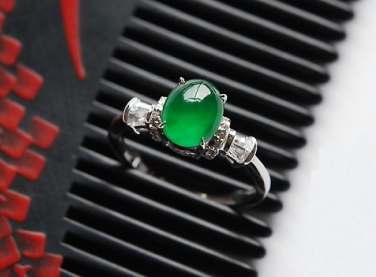 |
|
|
|
|
|
 |
 |
 |
 |
|
 |
 |
|
Jade has been treasured in China as the royal gemstone, "yu" for 5,000 years. The character for jade resembles a capital I with a line across the middle: the top represents the heavens, the bottom the earth, and the center section, mankind. The word "yu" is used in Chinese to call something precious, as in English we use gold. Jade was thought to preserve the body after death and can be found in emperors' tombs from thousands of years ago. One tomb contained an entire suit made out of jade, to assure the physical immortality of its owner. For thousands of years, jade was a symbol of love and virtue as well as a status symbol.
|
|
|
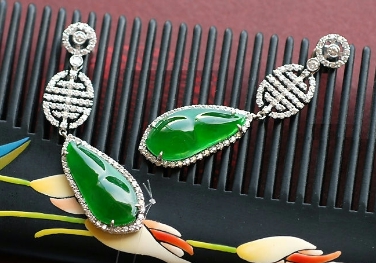 |
|
 |
|
|
In Central America, the Olmecs, the Mayans, the Toltecs all also treasured jade and used it for carvings and masks. The Aztecs instituted a tax in jade, which unfortunately led to the recycling of earlier artworks..
|
|
|
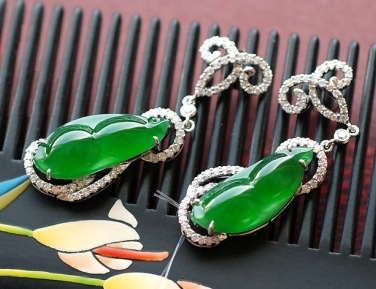 |
|
 |
|
|
The history of jade in Europe is not quite as distinguished. Although prehistoric axes and blades carved from jade have been found by archeologists, most Europeans were unfamiliar with jade as a gemstone for jewelry use until the sixteenth century when jade objects were imported from China and, later, Central America.
|
|
|
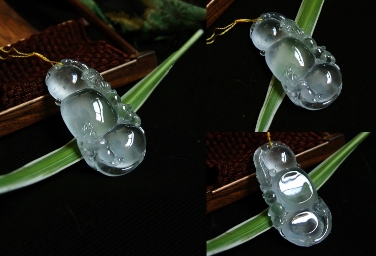 |
|
 |
|
|
The Portuguese, who brought home jade pieces from their settlement in Canton, China, called jade "piedre de ilharga", or stone of the loins, because they believed it to be strong medicine for kidney ailments. Jade objects brought back to Spain from the new world were called by the Spanish version of this phrase "piedra de hijada". This became the French "ejade" and then, finally, jade.
|
|
|
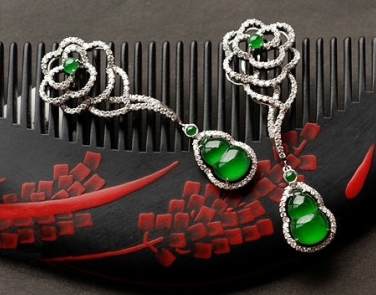 |
|
 |
|
|
In Central America, the Olmecs, the Mayans, the Toltecs all also treasured jade and used it for carvings and masks. The Aztecs instituted a tax in jade, which unfortunately led to the recycling of earlier artworks..
|
|
|
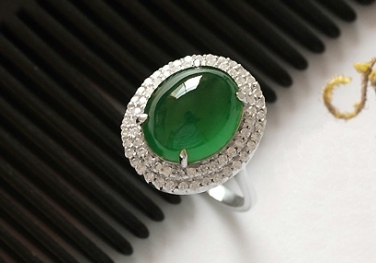 |
|
 |
|
|
The ancient jade carved in China was what we today call nephrite jade: an amphibolite mineral. (Interestingly enough, the word nephrite comes from the Greek word for kidney, nephros, a bit more scholarly version of the same thing.)
|
|
|
|
 |
|
 |
|
|
In the 19th Century , it was discovered that the material from the new world was not the same mineral as the jade from China. The mineral from Central America, a pyroxene, was called jadeite to distinguish it from the original nephrite.
|
|
|
|
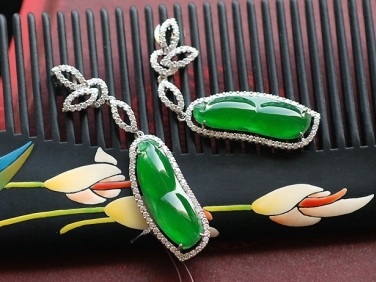 |
|
 |
|
|
The Chinese knew about jadeite, travelers had brought back some jadeite from Burma as early as the thirteenth century. But China was turning inward at that time and this foreign Kingfisher Stone, as they called it, referring to the brightly colored feathers of the bird, was not considered to be real jade. It only became popular in the eighteenth and nineteenth century when trade with Burma opened up again.
|
|
|
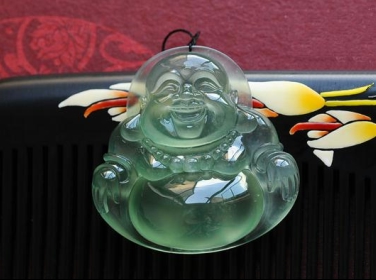 |
|
 |
|
|
Today it is jadeite jade that is considered the real jade, commanding prices much higher than nephrite because it comes in much more vivid green colors and finer translucency than nephrite jade. Jadeite jade is produced in Burma, which is now known as Myanmar. Every year, the state-owned Myanmar Gems Enterprise holds the Myanma Gems, Jade, and Pearl Emporium where boulders are sold by tender to the top jade dealers from around the world.
|
|
|
|
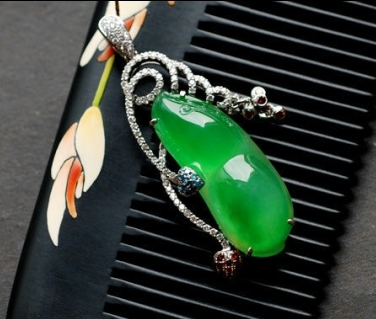 |
|
 |
|
|
Jadeite dealers must be some of the world's biggest gamblers because of the way they buy. Boulders are sold intact, with only a tiny window cut in the side to expose a small section of the interior. The buyer has no idea what lies inside: valuable green jadeite or perhaps only white or brown-stained inexpensive material. He has only his instinct, and on that basis he pays hundreds of thousands of dollars for what may turn out to be the deal of the year or a huge loss.
|
|
|
|
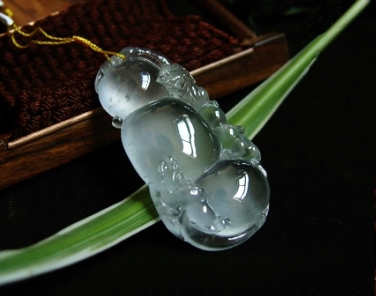 |
|
 |
|
|
The top jadeite jade is usually cut into smooth dome shapes called cabochons. Jadeite bangles are also very popular in Asian countries. Beads are also very beautiful and some important jadeite necklaces made during the art deco period have fetched hundreds of thousands of dollars in auctions in the past few years.
|
|
|
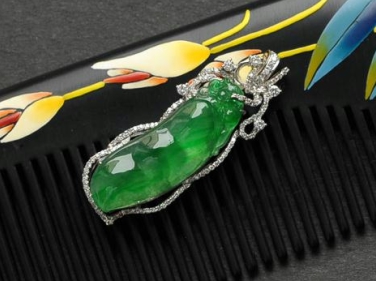 |
|
 |
|
|
Because of its smooth even texture, jade has long been a preferred material for carving. The most common shape is the flat donut -shaped disc called a pi, which is commonly worn as a necklace. The Emerald Buddha, the sacred image that is enshrined at Wat Phra Kaeo in Bangkok, Thailand, is actually beautiful green jadeite.
|
|
|
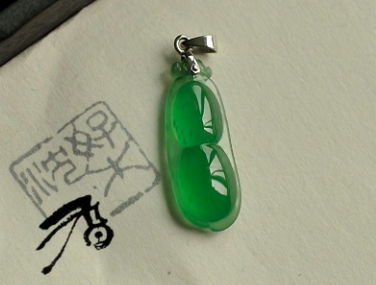 |
|
 |
|
|
Because of its smooth even texture, jade has long been a preferred material for carving. The most common shape is the flat donut -shaped disc called a pi, which is commonly worn as a necklace. The Emerald Buddha, the sacred image that is enshrined at Wat Phra Kaeo in Bangkok, Thailand, is actually beautiful green jadeite.
|
|
|
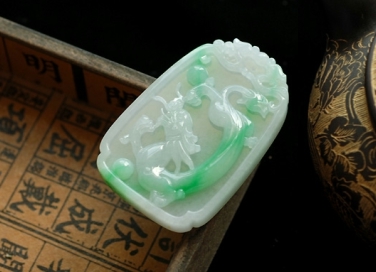 |
|
 |
|
|
Jadeite jade is most treasured for its vivid greens, but it also comes in lavender, pink, yellow, and white. Nephrite is found in less intense dark spinach greens, white, browns, and black.
|
|
|
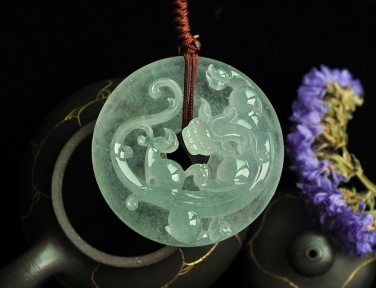 |
|
 |
|
|
While jadeite is mined today primarily in Myanmar, small quantities can be found in Guatemala. Although neolithic jadeite axes were found in Europe, it is not known where this prehistoric jadeite was mined, although it is possible that the material came from a deposit in the Alps. Nephrite is mined in Canada, Australia, the United States, and Taiwan.
|
|
|
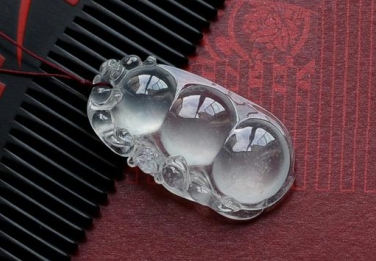 |
|
 |
|
|
Jade is most often sold by the piece rather than per carat. Although the overall color is the most important value factor, attention is also paid to translucency, texture, and also to pattern. Certain patterns, including moss in snow, are highly valued.
|
|
|
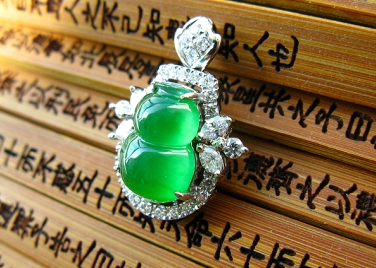 |
|
 |
|
|
 |
|
|
 |
|
 |
 |
 |
|
Copyright©1997 - 2020 Jade Gift.Com. All rights reserved.
|
|
|